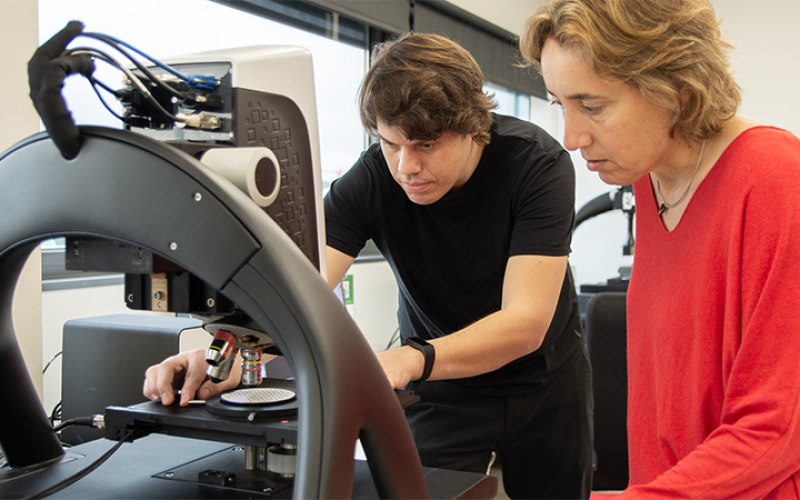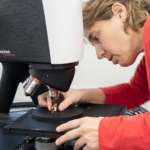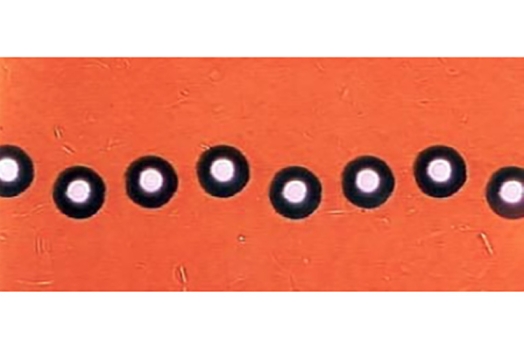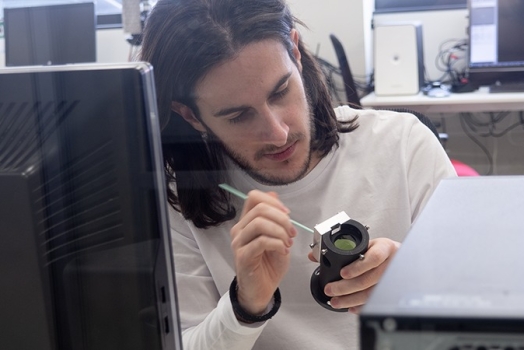
Testing and applicability of the UPC-ZEBRA interferometer as a phasing system in segmented-mirror telescopes
In 2003 Agustí was awarded a Fulbright scholarship to carry out research on phasing of large segmented telescopes at the University of California, Irvine.
His research interests include optical metrology and phasing of large segmented telescopes and confer the Sensofar R&D group an outstanding position to always stay up-to-date in terms of innovation and the highest technological level.
Testing and applicability of the UPC-ZEBRA interferometer as a phasing system in segmented-mirror telescopes full article
Agustí Pintó1, Ferran Laguarta1, Roger Artigas1, Cristina Cadevall1
1Center for Sensors, Instruments and Systems Development (CD6), Universitat Politècnica de Catalunya (UPC) Rambla Sant Nebridi, 10, E-08222 Terrassa, Spain.
Applied Optics, Vol. 43, Issue 5, pp. 1091-1096 (2004)
Abstract
In segmented-mirror telescopes, wave-front discontinuities caused by segment misalignment are a major problem because they severely degrade optical performance. While angular misalignments are usually measured with deflectometric wave-front sensors (e.g., Shack-Hartmann sensors), a number of techniques have been proposed for the measurement of vertical discontinuities (pistons). In earlier papers we presented an instrument called UPC-ZEBRA that uses a novel interferometric technique to measure piston error during the daytime with an uncertainty of 5 nm within a 30-μm range. Here we present the most representative results obtained during the testing stage and a detailed analysis of error sources. The main modifications to be introduced for the instrument’s use as a phasing calibration system are also outlined.












